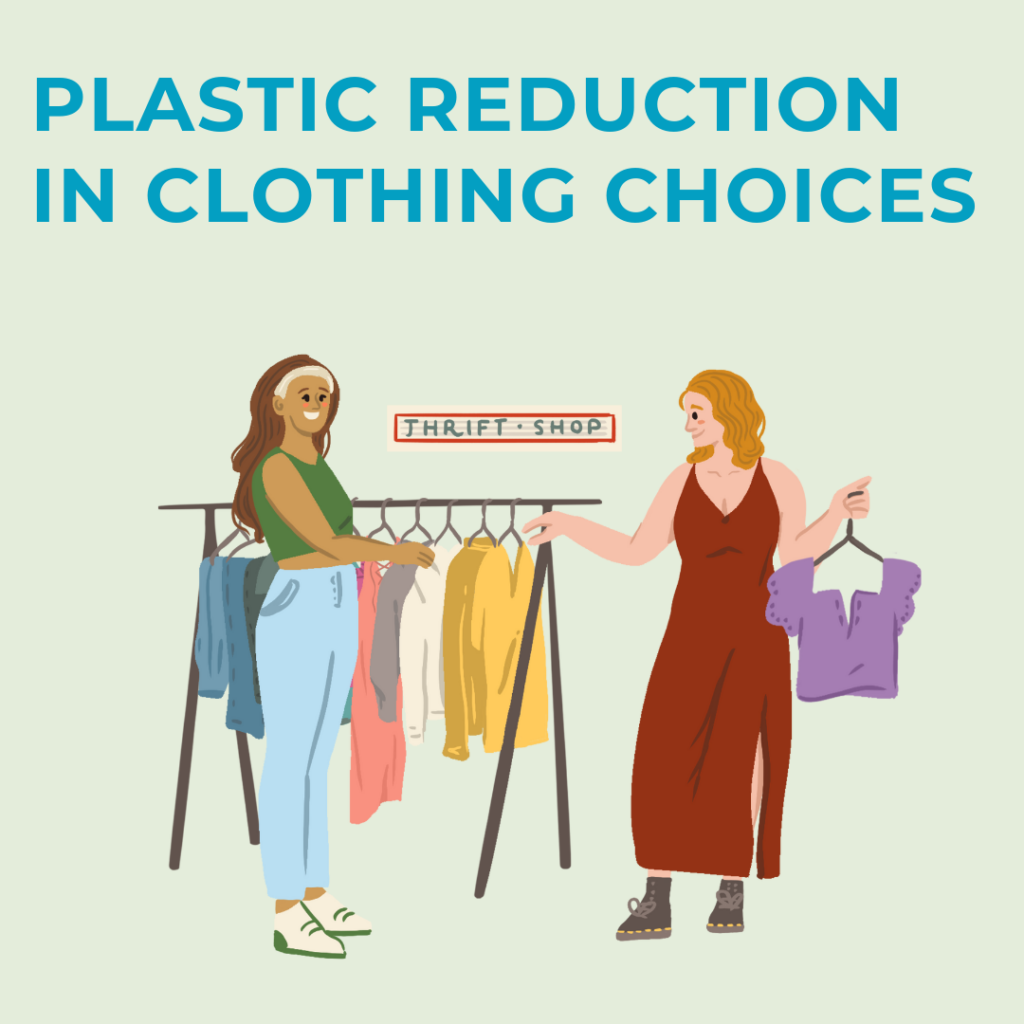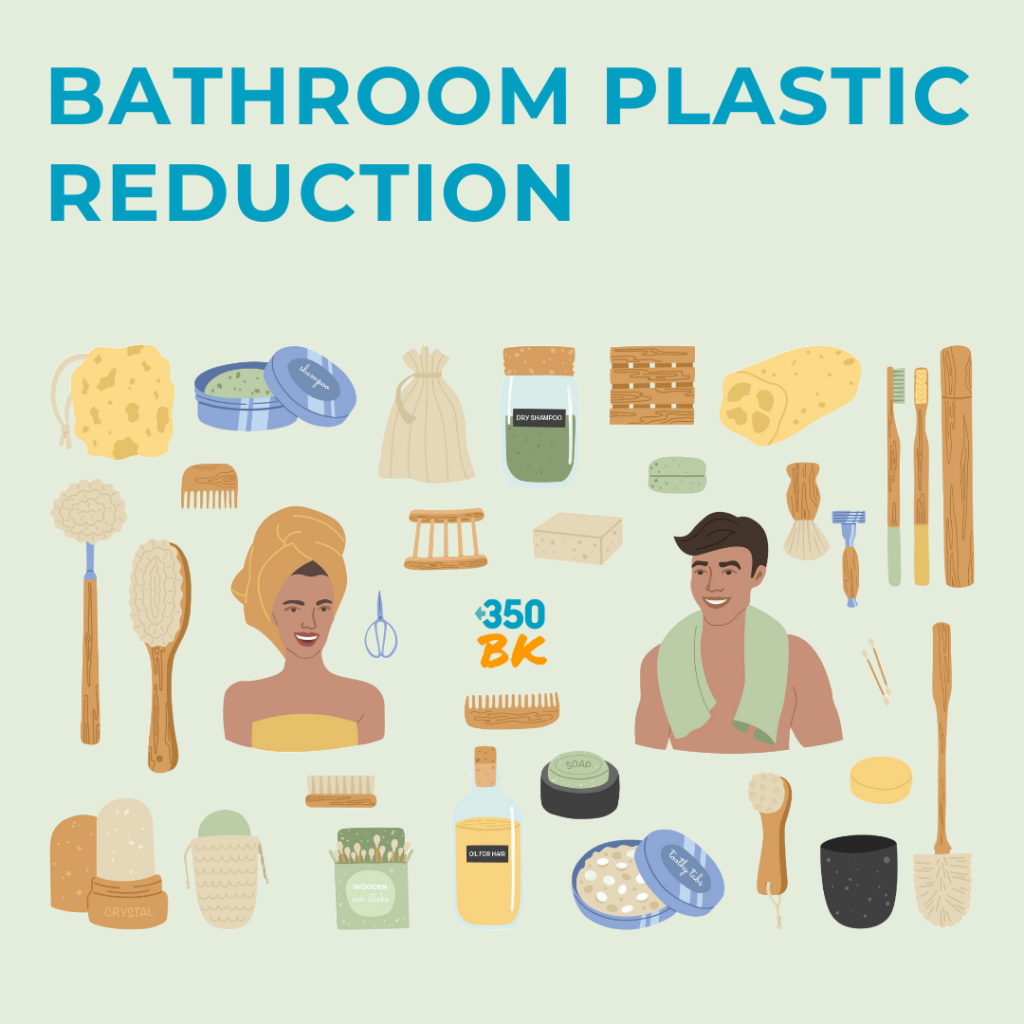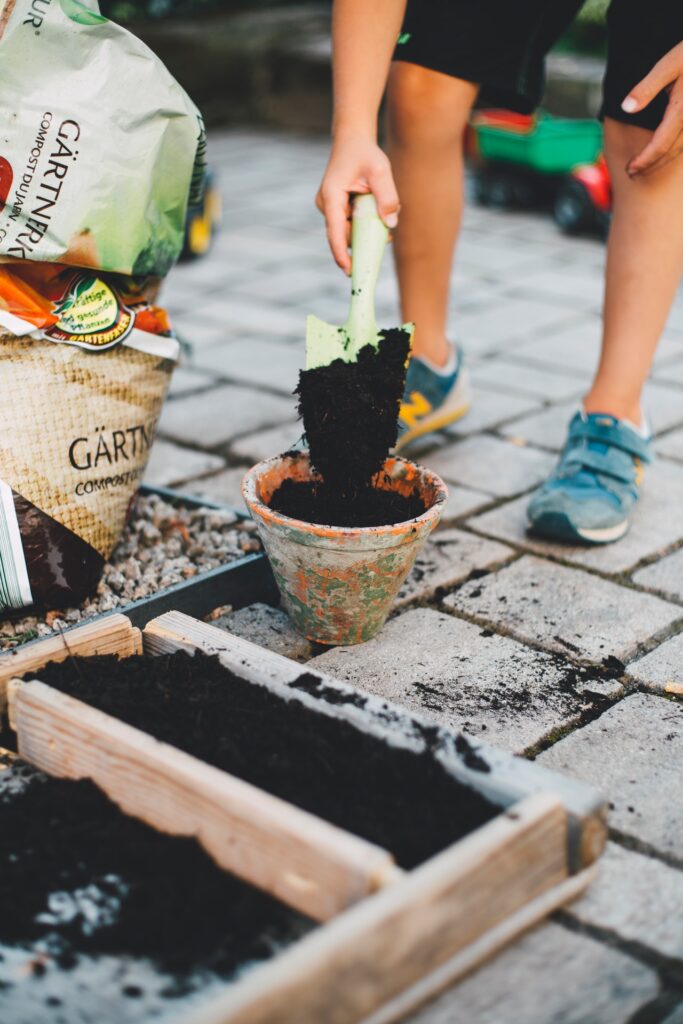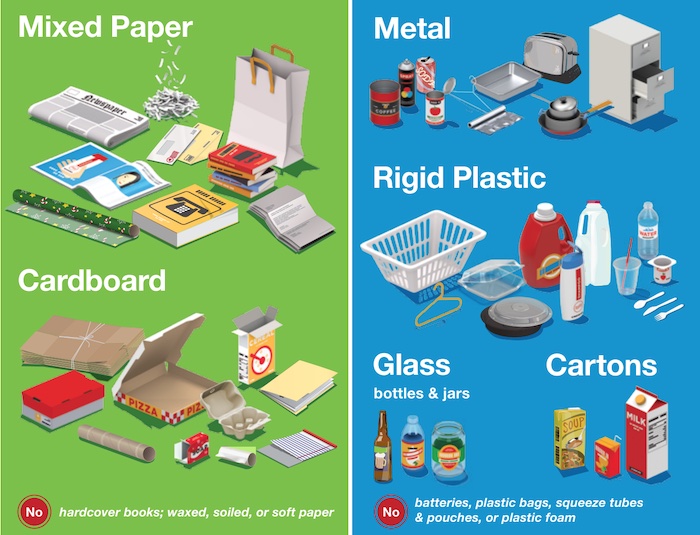What We Eat Matters
Food systems contribute 21% to 31% of greenhouse gas emissions globally, with approximately 15% of the global total coming from livestock. The physical scale of farming and animal agriculture is also truly massive, with approximately 40% of Earth’s ice-free surface used for agriculture[1].
The climate impact of specific foods depends on a number of factors. We must consider how a food is grown or raised, whether growing or raising it results in deforestation, what resources are needed for its production, how far it travels to market, how it is transported, and within what packaging. After raw ingredients travel from field to market to home, there are additional environmental costs associated with how they are processed into meals and whether or not they are wasted.
The daily actions of purchasing food, cooking and eating present many opportunities to lessen your climate impact. Read on for tips and resources that will help you do it.
Plant-based is Planet-Friendly
Global animal agriculture is a huge contributor to climate change, being responsible for more greenhouse gasses than all the world’s transportation systems combined. The U.N. says, “the livestock sector emerges as one of the top two or three most significant contributors to the most serious environmental problems, at every scale from local to global.”
Meat and dairy consumption generates more greenhouse gasses than does grain, vegetable, and fruit consumption. Additionally, beef is more carbon-intensive than pork, chicken and other meats. Sujatha Bergen, NRDC’s health campaigns director, told the Huffington Post in 2019, “If the average American cut just a quarter pound of beef a week from their diet, about one hamburger, it would be the equivalent of taking 10 million cars off the road for a year.”[2]
The process of providing food and water to farmed animals, before processing, shipping and storing their meat, is extremely energy-intensive. Forests, which absorb greenhouse gasses and oxygenate our world, are cut down to grow feed and supply pastureland for farmed animals. Meanwhile, these animals represent the single largest source of methane emissions worldwide. Methane is over 25 times more powerful than carbon dioxide at trapping heat in the atmosphere and so reducing methane emissions is a crucial component of our ability to circumvent the worst case scenario of the climate crisis.
Interested in shifting towards a more planet-friendly diet? Here’s a solid guide on the subject. It’s worth reading even if you don’t intend to cut out meat entirely.
Buying Local
Buying food produced locally eliminates the climate costs of long-distance shipping. It also means you’ll be working with ingredients that are intensely more flavorful and nutrient-dense. We Brooklynites are very lucky to be surrounded by the rich agricultural regions of Long Island, New Jersey, and the Hudson Valley, which deliver a steady bounty of fresh, seasonal produce.
New York City’s Grow NYC program sponsors farmers markets across every borough, most of which are year-round. Use this map to find a farmers market near you and check out this seasonal food guide before you head to the market.
GrowNYC also runs a CSA-style Fresh Food Box program for neighborhoods that lack access to affordable fresh fruits and vegetables. Check out the Fresh Food Box program at https://www.grownyc.org/greenmarket/ourmarkets.
You can also turn to ingredient delivery subscriptions such as Misfit Market or Imperfect Foods, which support sustainable agriculture and food waste reduction. Farm to People is a zero-waste food shopping option which supports exclusively local farmers and producers.
Patronizing restaurants, grocery stores and food brands that prioritize sustainability is another way to lower your individual carbon footprint. Just be on the lookout for greenwashing! While it might take a bit of research in the beginning, supporting these types of business bolsters their ability to continue their good practices.
Bulk Up
The production of plastics from fossil fuels is predicted to rise 40% by 2030. A third of this plastic is for single-use products, which includes food packaging. In today’s marketplace, avoiding plastic when shopping can be difficult, but there are solutions.
Buying in bulk and using your own reusable containers helps reduce unnecessary plastic waste. Buying in bulk will help you save money as well, as you’ll no longer be paying for the packaging your food comes in. Many neighborhoods in Brooklyn have wonderful grocery stores with refillable and bulk sections.
- Buy Better Foods in Bedford Stuyvesant
- Flatbush Food Co-op in Prospect Park South
- Foodtown in Prospect Heights
- Green Hill Food Co-op between Clinton Hill & Bedford Stuyvesant
- Natural Frontier Market in Ditmas Park
- Park Slope Food Co-op
- La Nature in Park Slope (cleaning and personal care)
- Planted Market in Carroll Gardens (has food and personal care)
- Precycle in Bushwick (has food and personal care)
- Perelandra Natural Food Center in downtown Brooklyn
- Rain:Living in downtown Brooklyn – specializing in personal care products
- Regency Store for Above and Beyond Members in Red Hook
- Sahadi’s in downtown Brooklyn – specializing in Middle Eastern products
- Tony’s Health Food Supermarket in Bedford Stuyvesant
- Ujamaa Health Foodstore in Crown Heights
If you prefer to shop online, Wally Shop or Loop ship grocery orders in returnable, reusable containers.
*Note that 350Brooklyn does not have the capacity to vet private businesses, and so does not endorse any businesses listed. This information is offered in good faith as a general guide.
Remember to BYOX!
Bringing your own reusable bags, utensils, and food and beverage containers wherever you’ll need them is a great way to reduce your personal plastic consumption.
Go shopping with a reusable tote and cotton produce bags, instead of relying on the plastic bags at supermarkets. Keep these items in the bag you use every day, so you’ll never be without them.
Green Your Kitchen
The cooking methods and appliances you use in your kitchen have very diverse climate footprints. Microwaves, slow cookers, toaster ovens, and pressure cookers are some of the most environmentally friendly cooking methods, while ovens–especially conventional ovens–have the largest footprint.
That being said, you don’t have to buy new equipment in order to be a more energy-efficient cook. You can reduce your footprint by baking a lot of things at once when you fire up your oven, using pots and pans that are the right size for your burners, defrosting food in the fridge instead of the microwave or “cooking” raw meals certain night of the week. This guide offers an abundance of helpful information about tools and tricks that can reduce your kitchen’s climate footprint.
Composting
The UN’s Food and Agricultural Organization has estimated that one-third of all food produced for human consumption is wasted[3] Instead of fueling humans, this food fuels climate change by releasing methane. Meanwhile, if we recycle the nutrients in food scraps by composting, we improve soil health, facilitate water retention, and lessen the need for fertilizers and pesticides.
Reducing the amount of food you send to landfill is a key part of becoming a more climate conscious consumer. In certain neighborhoods the NYC Department of Sanitation picks up organic waste for composting. You can find more information on your neighborhood’s collection schedule via NYC’s DSNY website.
Farmers markets all across the city also offer compost sites. You can find more information on participating markets via the GrowNYC website.
Additionally, here are some other neighborhood services related to composting:
- BK Green Cart (serving North Central Brooklyn)
- BK ROT (serving Bushwick & surrounding neighborhoods)
- BK Green Cart (serving North Central Brooklyn)
- Reclaimed Organics (serving Manhattan,Canal St.to 49th St.)
- Roho Compost (serving businesses in midtown Manhattan, Williamsburg industrial zone, Industry City in Sunset Park & Long Island City)
- Sure We Can (serving Bushwick & East Williamsburg)
- Vokashi (serving residences in Brooklyn, Queens & Manhattan; serving businesses in Brooklyn, Manhattan & Long Island City)
Sources
1. Nevin Ramankutty, Amato T. Evan, Chad Monfreda, and Jonathan A. Foley, “Farming the Planet: 1. Geographic Distribution of Global Agricultural Lands in the Year 2000,” Global Biogeochemical Cycles 22, no. 1 (2008).
2. “Is The Movement To Eat Less Meat Actually Making A Difference?” HuffPost Life, 07/30/2019
3. Food and Agriculture Organization of the United Nations “Global food losses and food waste – Extent, causes, and prevention” (PDF)











